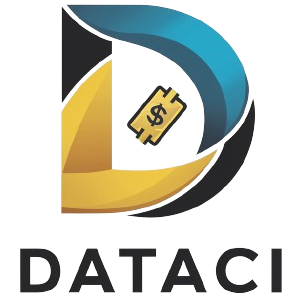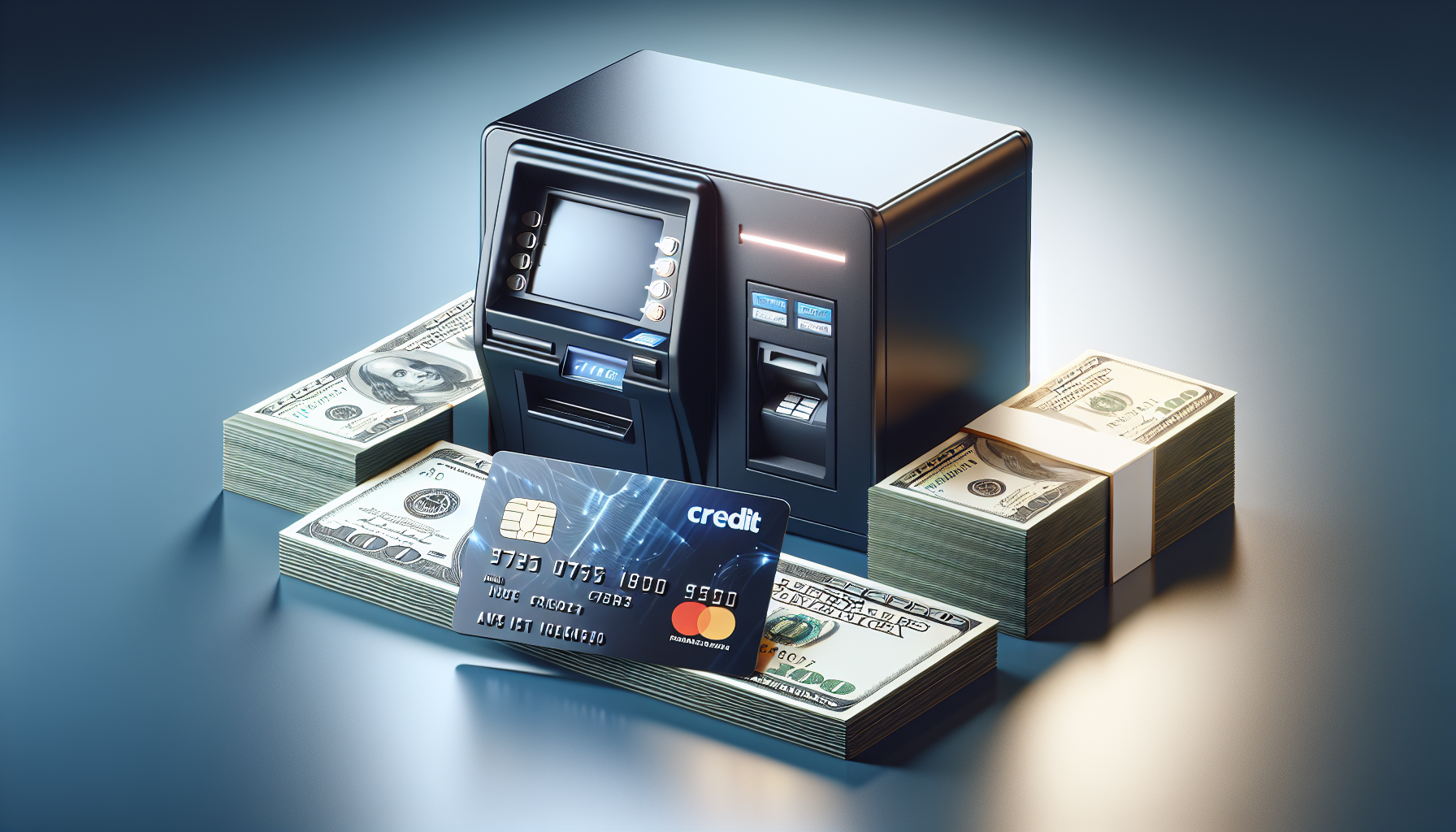Understanding Cash Advances and Associated Fees
When you’re in a pinch and need quick access to cash, using your credit card to withdraw money from an ATM or bank branch may seem like a convenient solution. However, it’s essential to understand the potential drawbacks and costs associated with credit card cash advances before proceeding.
Cash advances come with high fees and interest rates that can quickly add up, making them an expensive way to borrow money. In this article, we’ll explore what cash advances are, the fees and interest rates associated with them, and their impact on your credit score and utilization. We’ll also discuss methods to withdraw cash from your credit card without incurring fees and provide alternatives to consider.
What is a Cash Advance?
A cash advance is a withdrawal of cash from your credit card account, either through an ATM or by visiting a bank branch. Unlike regular credit card purchases, cash advances are treated differently and often come with higher fees and interest rates.
When you take out a cash advance, you’re essentially borrowing money against your credit card’s line of credit. This money is not part of your regular purchase balance and is subject to different terms and conditions.
Fees and Interest Rates Associated with Cash Advances
Cash advances typically come with a variety of fees and higher interest rates compared to regular credit card purchases. Here are some common costs associated with cash advances:
- Cash advance fees: Most credit card issuers charge a fee for cash advances, which can be either a flat rate or a percentage of the amount withdrawn (usually 3-5%).
- High interest rates: Cash advances often have higher APRs (Annual Percentage Rates) than regular purchases, sometimes as high as 25% or more.
- No grace period: Unlike regular purchases, cash advances start accruing interest immediately, with no grace period for paying off the balance interest-free.
- ATM or bank fees: In addition to the fees charged by your credit card issuer, you may also incur fees from the ATM owner or the bank processing the cash advance.
Impact of Cash Advances on Credit Score and Utilization
Taking out a cash advance can have a negative impact on your credit score and credit utilization rate. When you withdraw cash from your credit card, it increases your credit utilization, which is the amount of credit you’re using compared to your credit limit. High credit utilization can lower your credit score, as it may signal to lenders that you’re overextended and at a higher risk of defaulting on your payments.
Additionally, cash advances are often viewed by lenders as a sign of financial distress, as they may indicate that you’re unable to meet your expenses with your regular income. This perception can further harm your creditworthiness and make it more difficult to secure loans or credit in the future.
Methods to Withdraw Cash from Credit Card Without Fees
If you find yourself in a situation where you need to withdraw cash from your credit card, there are a few methods that can help you avoid or minimize cash advance fees and interest charges. However, it’s important to note that these methods may not be available for all credit cards or in all circumstances.
Find a Credit Card with No Cash Advance Fees
One way to avoid cash advance fees is to find a credit card that doesn’t charge them. While rare, some credit card issuers offer cards with no cash advance fees, or they may waive these fees as part of a promotional offer. If you anticipate needing to take out cash advances frequently, it may be worth searching for a card with no cash advance fees.
Keep in mind that even if you find a card with no cash advance fees, you’ll still likely be charged a higher interest rate on the withdrawn amount. To minimize interest charges, aim to pay off the cash advance balance as quickly as possible.
Get a Cash Advance from a Bank Branch or Teller
Some banks may allow you to withdraw cash from your credit card account by visiting a bank branch and requesting a cash advance from a teller. This method may help you avoid ATM fees, but you’ll still be subject to the cash advance fee and higher interest rate charged by your credit card issuer.
Before visiting a bank branch for a cash advance, contact your credit card issuer to confirm the availability of this option and any associated fees.
Utilize Store Credit Cards for Cash Advances
Some store credit cards, also known as retail credit cards, may offer cash advances with lower fees or no fees at all. However, these cards often have lower credit limits and higher interest rates compared to traditional credit cards.
If you have a store credit card and need to withdraw cash, check with the retailer to see if they offer cash advances and what the associated fees and terms are. Keep in mind that taking out a cash advance on a store credit card will still have the same impact on your credit utilization and credit score as a cash advance on a regular credit card.
Alternatives to Cash Advances
Before resorting to a credit card cash advance, consider exploring alternative options that may be less expensive and less harmful to your financial well-being.
Use a Debit Card or Payment App
If you need access to cash, using a debit card linked to your checking account is often a better choice than a credit card cash advance. Debit card transactions don’t incur cash advance fees or high interest rates, and the funds are withdrawn directly from your account.
Another option is to use a payment app like Venmo or Cash App to send money to a friend or family member, who can then withdraw the funds for you. However, be aware that some payment apps may charge fees for certain transactions, such as instant transfers or credit card payments.
Consider a Personal Loan
If you need to borrow a larger sum of money and have good credit, a personal loan may be a more cost-effective alternative to a cash advance. Personal loans often have lower interest rates than cash advances and offer fixed repayment terms, making it easier to budget and pay off the debt.
Before applying for a personal loan, compare offers from multiple lenders and consider factors such as interest rates, fees, repayment terms, and eligibility requirements.
Borrow from Friends or Family
If you’re in a pinch and need a short-term loan, consider reaching out to friends or family members for help. Borrowing from people you trust can help you avoid the high fees and interest rates associated with cash advances, and you may have more flexibility in repaying the loan.
However, it’s essential to approach these arrangements with caution and establish clear terms for repayment to avoid straining your relationships.
Explore ‘Buy Now, Pay Later’ Options
‘Buy Now, Pay Later’ (BNPL) services allow you to make purchases and pay for them over time, often with no interest or fees if you make your payments on schedule. While BNPL is not a direct substitute for a cash advance, it can help you manage expenses and avoid the need for additional cash in some situations.
Popular BNPL providers include Affirm, Afterpay, and Klarna. Be sure to read the terms and conditions carefully and understand the repayment schedule and any fees associated with late or missed payments.
Tips for Managing Cash Advances Responsibly
If you find yourself in a situation where a cash advance is your only option, there are steps you can take to manage the process responsibly and minimize the financial impact.
Pay Off the Balance Quickly
To minimize interest charges, prioritize paying off your cash advance balance as quickly as possible. Unlike regular credit card purchases, cash advances start accruing interest immediately, so the longer you carry the balance, the more expensive it becomes.
Consider cutting back on non-essential expenses or finding ways to increase your income to help pay off the cash advance faster.
Understand Your Card’s Cash Advance Terms
Before taking out a cash advance, review your credit card’s terms and conditions to understand the fees, interest rates, and any limitations associated with cash advances. Knowing these details can help you make an informed decision and avoid unexpected costs.
Pay attention to the cash advance APR, transaction fees, and any daily or monthly limits on cash advance amounts. Some credit cards may also limit the total amount of cash advances you can take out over the life of the card.
Use Cash Advances as a Last Resort
Due to the high costs and potential negative impact on your credit score, cash advances should be used only as a last resort when you have no other options. Before turning to a cash advance, exhaust all other alternatives, such as using a debit card, borrowing from friends or family, or exploring personal loan options.
If you find yourself relying on cash advances frequently, it may be a sign of underlying financial difficulties. Consider seeking the advice of a financial professional or credit counselor to help you develop a plan to improve your financial situation and avoid the need for high-cost borrowing in the future.
See also:
- How to Transfer Money from 118 Credit Card to Bank Account
- How Much Interest Will I Earn on £50,000 UK – Best Savings Calculator
- How Much Interest Will I Earn on £50,000 in a Year UK – Best Rates and Calculations
- How Much Cash Can You Withdraw from a Bank Without It Being Reported UK – Tips & Advice
- How Much Do I Need to Earn to Get a Mortgage of £250 000 UK

